In Latin America, there is a country that is the first country in the world not to have an army, but the society of this country is stable and the economy is prosperous, and it is also known as the Switzerland of Central America. This country is the Republic of Costa Rica.
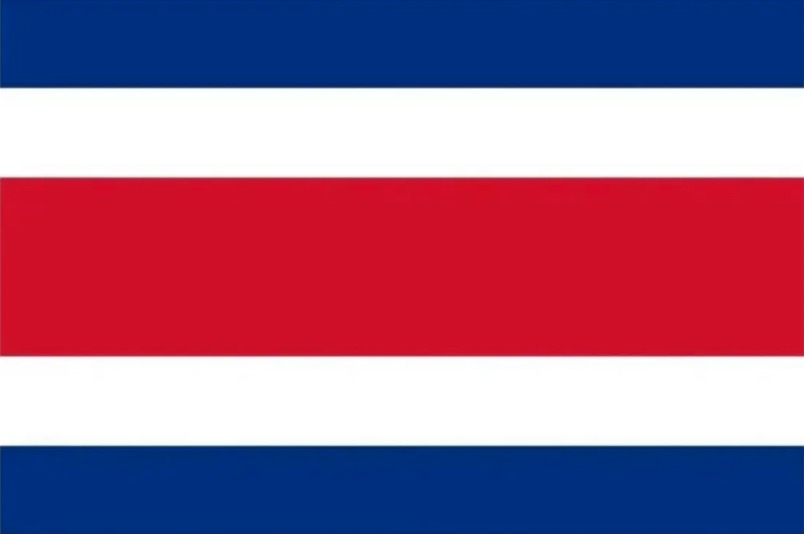
Costa Rica is located in the Central American isthmus and belongs to North America. It is bordered by the Caribbean Sea to the east, the Pacific Ocean to the west, Nicaragua to the north, and Panama to the southeast. The country has a land area of 51,100 square kilometers. The name Costa Rica comes from Spanish and means “rich coast.” Its national flag is composed of five parallel wide stripes connected from top to bottom: blue, white, red, white, and blue, and the red color is twice as wide as the blue and white colors, representing enthusiasm and the blood shed for independence. The blue and white colors come from the colors of the original Federal flag of Central America, and the blue represents the sky, opportunities, idealism, and perseverance, while the white represents peace, wisdom, and happiness. The red part on the left has the national emblem pattern and is used by the government with the national flag.
Costa Rica is one of the countries in the world with the most abundant biological species, with nearly 5% of the global species. Nearly 30% of the country’s territory is national parks or nature reserves, and the national forest coverage rate reaches 52.38%. The coast of the country is a plain, and the central part is separated by rugged mountains. The climate is tropical and subtropical. From April to December is the rainy season, and from December to the following April is the dry season. The central valley area has a pleasant climate, with temperatures ranging from 15-26 ℃. Moreover, the country has more than 200 volcanoes, and the volcanic ash gives the soil rich minerals. Coupled with the moderate and suitable temperature and abundant rainfall, the country’s agriculture is developed and is an important global exporter of pineapples, bananas, and coffee.
Coffee Producing Areas
There are a total of seven coffee-producing areas in Costa Rica, namely: Western Valley (Valley Central Occidental), Central Valley (Valley Central), Tarrazu, Tres Rios, Orosi, Brunca, and Turrialba. These producing areas are almost all distributed on the central mountains.
Central Valley: The Central Valley producing area is the earliest coffee-producing area in Costa Rica and is also the core of the country’s coffee industry, accounting for about 15% of the total output. The central valley has an altitude of 1,200 to 1,600 meters and a tropical plateau climate with an annual precipitation of 3,000 mm and a relatively more pleasant temperature. The coffee production season is from November to the following March. There are three high-altitude volcanoes within the production area, Irazu, Barva, and Poas. The coffee plantations near these three volcanoes provide fertile volcanic ash soil rich in minerals and have excellent coffee growing geographical and climatic conditions.


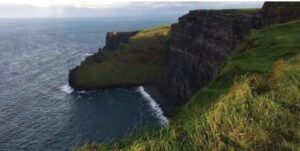

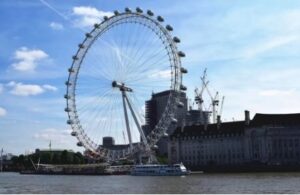

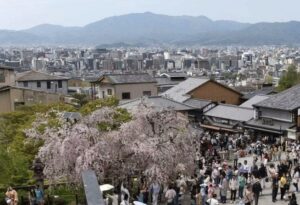
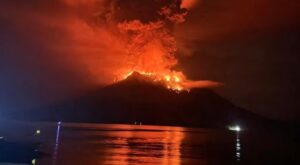
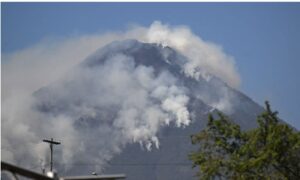
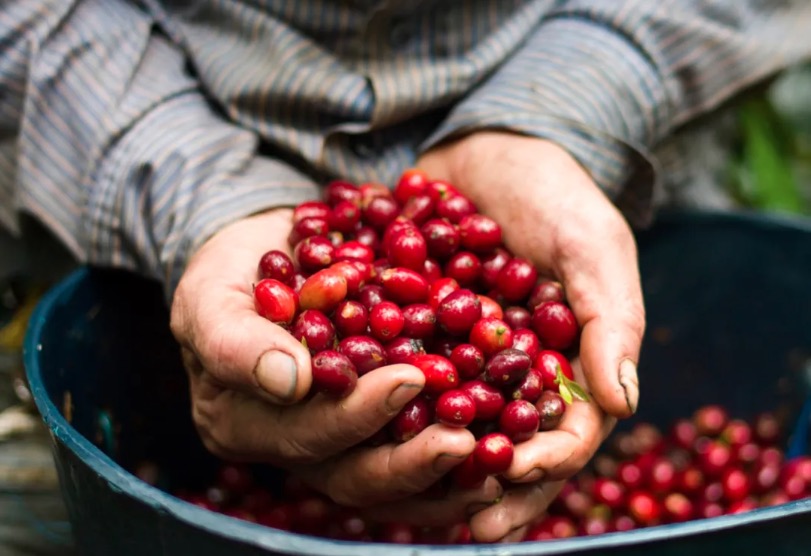
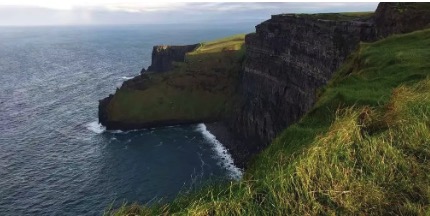







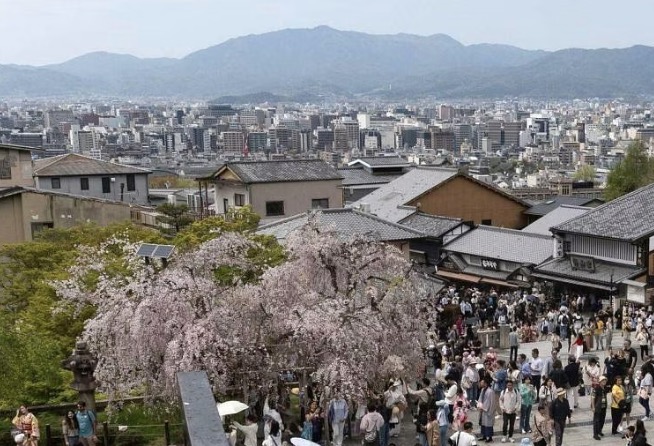
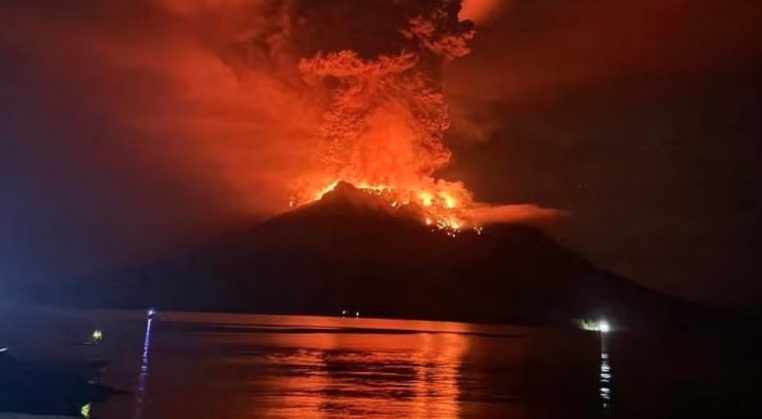
+ There are no comments
Add yours